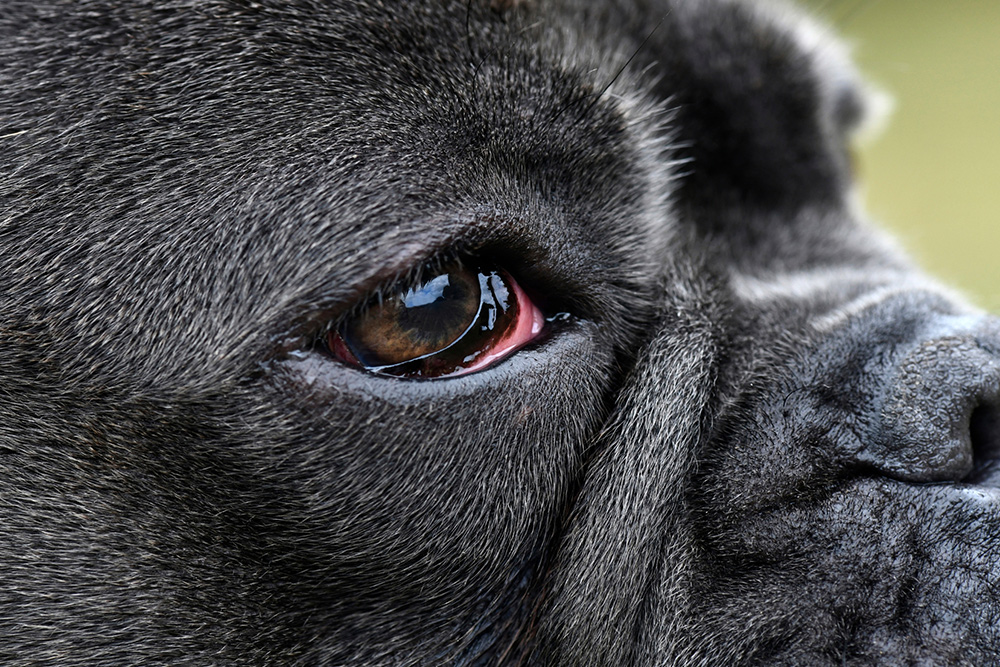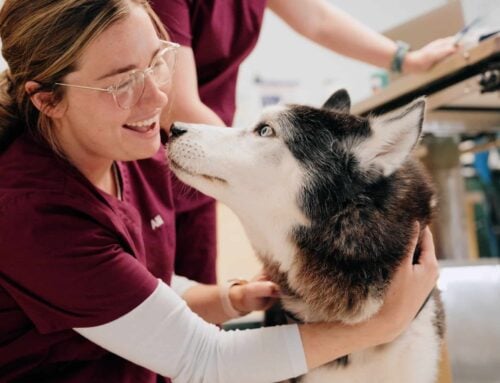Noticing that your pet’s eye has turned red can be concerning. While redness might not always signal a severe problem, it’s crucial to understand the potential causes and know when to seek veterinary advice. At Shuler Veterinary Clinic, we’re here to help you decipher these signs, provide guidance on the best course of action, and educate you on the hazards that the Lowcountry poses.
Common Causes of Red Eyes in Pets
Several factors can cause your pet’s eyes to become red. Here’s a breakdown of some common reasons:
- Conjunctivitis: Also known as "pink eye," conjunctivitis is an inflammation of the conjunctiva, the thin membrane covering the eye and inside of the eyelids. It can result from infections, allergies, or irritants, and often presents with redness, discharge, and swelling.
- Allergies: Pets in the lowcountry commonly suffer from allergies just like humans. Allergens such as pollen, dust, or specific foods can cause their eyes to become red and irritated.
- Foreign Objects: Pets are naturally curious and may get small objects like dust, and debris. or sand from the beach in their eyes. This can lead to irritation, redness, and, if not addressed, potential infection.
- Corneal Ulcers: Ulcers are sores on the cornea, which can develop from injury, infection, or other issues. They usually cause redness, discomfort, squinting, and a cloudy appearance in the eye.
- Uveitis: This condition involves inflammation of the uveal tract (iris, ciliary body, and choroid) and can be triggered by infections, autoimmune disorders, or trauma. Symptoms often include redness, squinting, and light sensitivity.
- Glaucoma: Increased intraocular pressure can lead to glaucoma, causing significant redness, pain, and vision changes. Although less common, glaucoma requires prompt veterinary attention.
- Blepharitis: This is inflammation of the eyelid margins, typically due to infection or irritation. It can cause redness and swelling around the eyes.
What to do When You Notice Irritation
- Observe and Record Symptoms: Note any additional symptoms such as discharge, swelling, squinting, or behavioral changes. This information will be valuable for your veterinarian.
- Avoid Home Remedies: Refrain from using over-the-counter eye drops or other remedies that are not designed for pets. These could potentially aggravate the problem.
- Schedule a Veterinary Appointment: Contact your veterinarian promptly to discuss your pet’s symptoms. Early intervention is key to preventing complications.
- Protect Your Pet’s Eye: Until you can see the vet, prevent your pet from scratching or rubbing their eye. An Elizabethan collar (e-collar) might be necessary to protect the eye from further injury.
When to Seek Veterinary Help
Although a red eye may not always be an emergency, it is important to address any changes in your pet’s eyes sooner rather than later.
The Importance of Timely Care
Eye irritation in pets can escalate rapidly, making early intervention crucial. Conditions that cause red eyes, such as corneal ulcers or glaucoma, can be quite painful and, if left untreated, may lead to more serious complications. Monitoring the situation at home is not advisable as the condition could worsen quickly. Prompt veterinary attention ensures that your pet receives appropriate treatment and relief from discomfort.
Additional Resources
For further reading on pet eye health and related topics, check out these informative resources:
- Veterinary Emergency Group (VEG) provides a comprehensive guide on eye health and related conditions, which can be very helpful in understanding and managing your pet’s eye issues.
- Check out one of our board-certified veterinary ophthalmologists in Mount Pleasant, SC









Leave A Comment